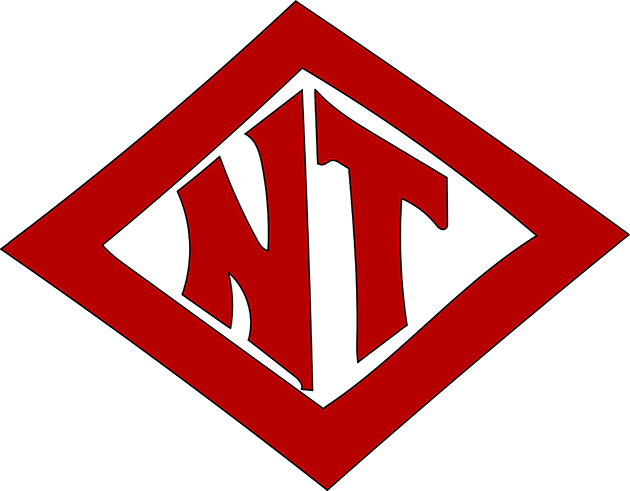The Work of the Tonawanda Power Company, article excerpts (American Electrician, April 1900, vol. 12, no. 4, p. 155-162, col. 1-3,1-2).htm
Dublin Core
Title
The Work of the Tonawanda Power Company, article excerpts (American Electrician, April 1900, vol. 12, no. 4, p. 155-162, col. 1-3,1-2).htm
Description
Full article describes the role of the North Tonawanda substation.
Photo captions:
"Fig. 1. — the Exterior of the Transforming Station of the Tonawanda Power Company
The Six Upper Wires on the Poles in the Foreground Are the Two Three-Phase Lines Running From Niagara on the Right Toward Buffalo on the Left. Taps From These Pass Into the Left-Hand Side of the Gable. the Lower Three Wires Passing Out to the Right Form the 11,000-Volt Branch Line to Lockport. the Heavy Wires Passing Out From the Right-Hand End of the Building Are the Railway Feeders, and the Lighter Wires Beyond Them Are the Central Station Lines."
Fig. 2. — A Plan of the Station, Showing the Arrangement of the Wire Ducts Under the Floor.
Fig 3. — A General View of the High-Tension Apparatus in the Attic
To the Left Are the High-Tension Circuit Breakers. in the Central Background Are the Fuse Circuit-Breakers. Further to the Right Are the Reactive Coils and Spark Gaps of the Lightning Arresters (Semi-Colon) Below Them Are the Ground Detectors and the Time-Element Circuit-Breaker Panel and Transfer Panel of the Lockport Line.
Fig 9. — the Rotary Converters and Step-Down Transformers. Each Transformer Has Two Secondaries, One Delivering 4400 Volts, and the Other 360 Volts.
Fig 10. — A View of the Central Station Bay, Showing Induction Motors Belted to Arc Dynamos and Alternators.
Photo captions:
"Fig. 1. — the Exterior of the Transforming Station of the Tonawanda Power Company
The Six Upper Wires on the Poles in the Foreground Are the Two Three-Phase Lines Running From Niagara on the Right Toward Buffalo on the Left. Taps From These Pass Into the Left-Hand Side of the Gable. the Lower Three Wires Passing Out to the Right Form the 11,000-Volt Branch Line to Lockport. the Heavy Wires Passing Out From the Right-Hand End of the Building Are the Railway Feeders, and the Lighter Wires Beyond Them Are the Central Station Lines."
Fig. 2. — A Plan of the Station, Showing the Arrangement of the Wire Ducts Under the Floor.
Fig 3. — A General View of the High-Tension Apparatus in the Attic
To the Left Are the High-Tension Circuit Breakers. in the Central Background Are the Fuse Circuit-Breakers. Further to the Right Are the Reactive Coils and Spark Gaps of the Lightning Arresters (Semi-Colon) Below Them Are the Ground Detectors and the Time-Element Circuit-Breaker Panel and Transfer Panel of the Lockport Line.
Fig 9. — the Rotary Converters and Step-Down Transformers. Each Transformer Has Two Secondaries, One Delivering 4400 Volts, and the Other 360 Volts.
Fig 10. — A View of the Central Station Bay, Showing Induction Motors Belted to Arc Dynamos and Alternators.
Date
1900-04
Citation
“The Work of the Tonawanda Power Company, article excerpts (American Electrician, April 1900, vol. 12, no. 4, p. 155-162, col. 1-3,1-2).htm,” North Tonawanda History, accessed December 14, 2025, https://nthistory.com/items/show/3702.





